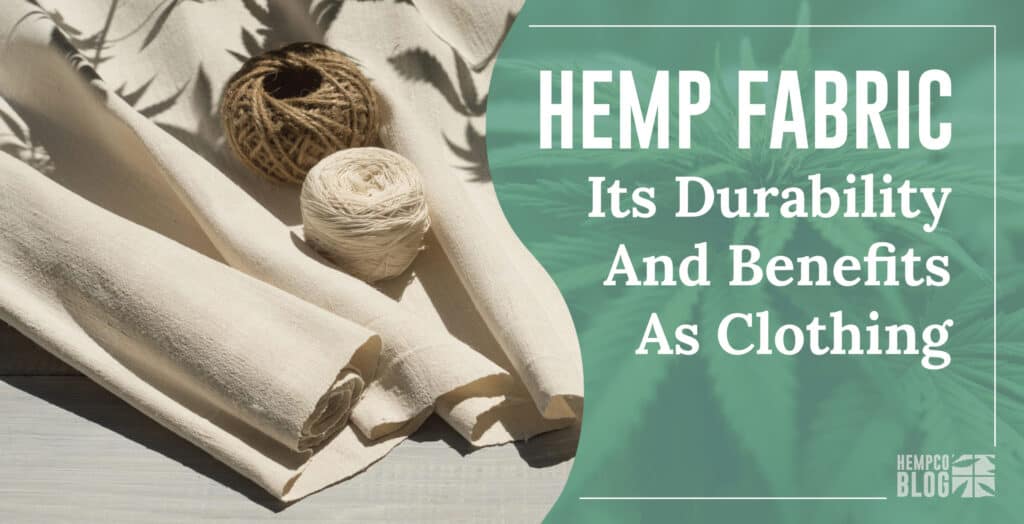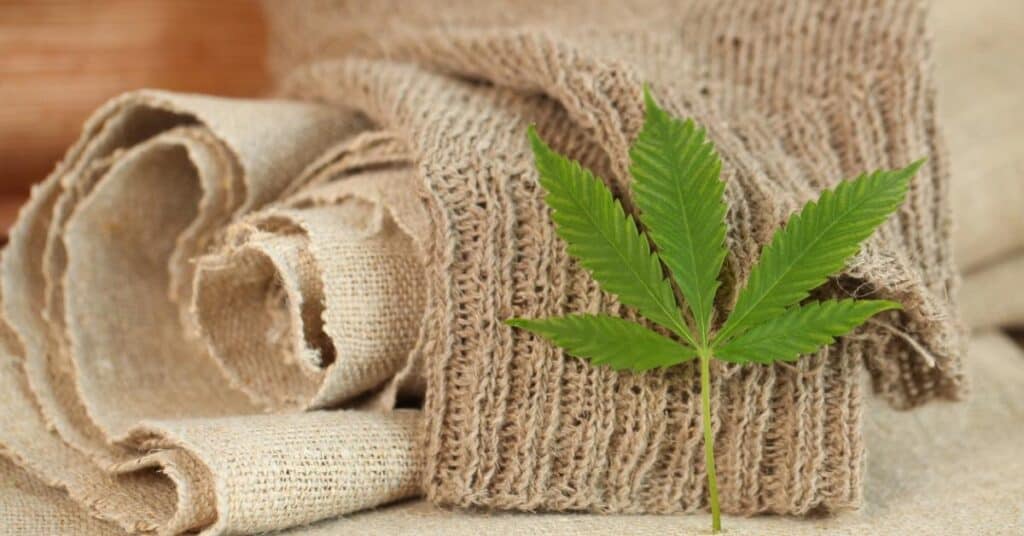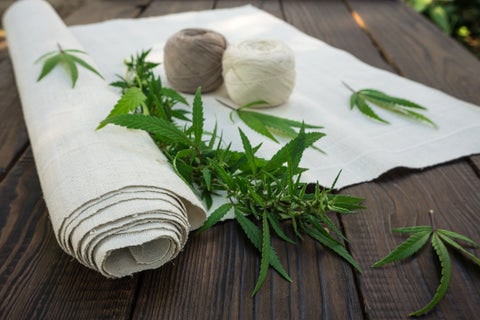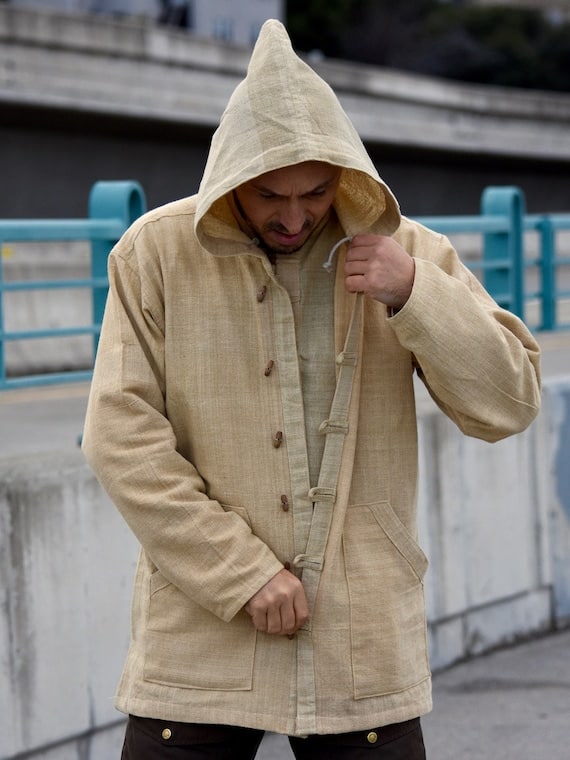In this article, we will embark on a journey to uncover the fascinating world of hemp clothing. Have you ever wondered how durable and long-lasting hemp clothing truly is? Join us as we dive into the incredible qualities and attributes of hemp fabric, exploring its ability to withstand the test of time and provide a sustainable alternative to our wardrobe staples. Get ready to be amazed by the durability and longevity of hemp clothing!
Overview of Hemp Clothing
Hemp clothing has been gaining increasing popularity in recent years due to its sustainable nature and numerous benefits. It is made from the fibers of the hemp plant, scientifically known as Cannabis sativa. Unlike its cousin marijuana, hemp does not contain high levels of THC, the psychoactive compound. Hemp fibers are known for their strength and durability, making them suitable for the production of clothing. In addition to being eco-friendly, hemp clothing offers numerous benefits and is gaining traction in the fashion industry.
Composition and Properties of Hemp Fiber
hemp fiber is derived from the stem of the hemp plant. It is known for its strength, breathability, and antimicrobial properties. The fiber is naturally resistant to mold, mildew, and UV radiation, making it ideal for clothing that needs to withstand various environmental conditions. Hemp fibers are long and textured, allowing for increased breathability and moisture-wicking, which helps to keep the wearer cool and dry.

This image is property of hempco.net.au.
Benefits of Hemp Clothing
Hemp clothing offers a plethora of benefits, making it an excellent choice for those seeking sustainable and durable clothing options. Some of the key advantages include:
- Environmental Friendliness: Hemp is a highly sustainable crop that requires minimal water, pesticides, and herbicides to grow. It is biodegradable and has a lower carbon footprint compared to traditional fabrics.
- Durability: Hemp fibers are exceptionally strong and resistant to wear and tear. Hemp clothing can withstand regular washing and extended use, making it a long-lasting option.
- Breathability and Moisture-wicking: Hemp fibers have natural breathability, allowing air to circulate freely through the fabric. This property helps to regulate body temperature and keep the wearer comfortable.
- UV Protection: Hemp has natural UV-resistant properties, offering additional protection from harmful sun rays.
- Hypoallergenic: Hemp clothing is suitable for individuals with sensitive skin or allergies because it is naturally hypoallergenic and does not irritate the skin.
Growing Popularity of Hemp Clothing
In recent years, there has been a significant increase in the popularity of hemp clothing. As consumers become more conscious of the environmental impact of their choices, they are actively seeking sustainable alternatives. Hemp clothing aligns perfectly with this growing trend, offering a durable and eco-friendly solution. Additionally, the fashion industry is recognizing the potential of hemp as a versatile fabric, leading to increased availability and accessibility of hemp clothing options.

This image is property of hempco.net.au.
Factors Affecting Durability
Several factors contribute to the durability of hemp clothing. Understanding these factors is essential for consumers to make informed purchasing decisions and ensure their garments last for a long time.
Quality of Hemp Fiber
The quality of the hemp fiber used in clothing plays a crucial role in determining its durability. High-quality hemp fiber is carefully harvested and processed to remove impurities and ensure uniformity. It is advisable to look for clothing made from long and fine hemp fibers as they offer better durability and softness.
Weave and Construction Technique
The weave and construction technique of hemp clothing impact its strength and durability. Different weaving patterns, such as plain weave, twill, or herringbone, can affect the fabric’s strength and resistance to wear. Additionally, the way the garment is constructed, including stitching and reinforcement, can contribute to its overall durability.
Dyeing and Finishing Processes
The dyeing and finishing processes used on hemp clothing can also influence its durability. Natural dyes and eco-friendly finishing treatments are preferred as they are less likely to cause damage to the fibers over time. Proper dyeing and finishing techniques help maintain the integrity of the fabric and ensure its longevity.
Durability Testing Methods
To assess the durability of hemp clothing, various testing methods are employed. These tests evaluate the fabric’s strength, resistance to wear, and general performance.
Tensile Strength Testing
Tensile strength testing measures a fabric’s ability to withstand pulling or stretching forces without tearing. This test helps determine how much stress the fabric can handle before it breaks or loses its shape. High tensile strength indicates greater durability and resistance to deformation.
Abrasion Resistance Testing
Abrasion resistance testing involves rubbing the fabric against a rough surface to simulate wear and tear. This test evaluates a garment’s ability to withstand friction without excessive pilling, tearing, or deterioration. Hemp clothing with a high abrasion resistance rating will have a longer lifespan and maintain its appearance for a prolonged time.
Pilling Resistance Testing
Pilling resistance testing assesses a fabric’s tendency to develop small balls of fiber on its surface, known as pills. These pills can make the garment look worn out and decrease its overall durability. Hemp clothing with a high pilling resistance rating will continue to look new and fresh even after extended use and washing.

This image is property of media.greenmatters.com.
Comparison with Other Fabrics
To better understand the durability of hemp clothing, it is useful to compare it with other commonly used fabrics such as cotton, polyester, and linen.
Cotton
Cotton is a widely used fabric known for its softness and breathability. While it offers comfort, it is not as durable as hemp. Cotton fibers tend to weaken over time and can also shrink or lose shape after repeated washing. In contrast, hemp clothing maintains its shape and strength even with frequent use and washing.
Polyester
Polyester is a synthetic fabric often used for its durability. However, it falls short when compared to hemp clothing in terms of breathability and sustainability. Polyester garments can trap heat and moisture, leading to discomfort. Moreover, polyester is not biodegradable and contributes to plastic waste pollution.
Linen
Linen is another natural fabric that shares some similarities with hemp. Both linen and hemp offer excellent breathability and durability. However, hemp surpasses linen in terms of strength and resistance to wear. Hemp clothing is less prone to wrinkles and offers a longer lifespan compared to linen garments.
Benefits of Durable Clothing
Investing in durable clothing, such as hemp garments, offers several advantages not only to the wearer but also to the environment.
Reduced Environmental Impact
Durable clothing reduces the need for frequent replacement, leading to a lower demand for new clothing items. By extending the lifespan of clothes, we reduce the amount of textile waste generated and minimize the environmental impact of clothing production, including water consumption, energy usage, and greenhouse gas emissions.
Cost-Effectiveness
Durable clothing proves cost-effective in the long run. While the upfront cost may be higher for high-quality garments, their longevity eliminates the need for frequently purchasing new clothes, resulting in long-term savings.
Reduced Waste Generation
The fast fashion industry contributes to a significant amount of textile waste that ends up in landfills. By choosing durable clothing like hemp garments, we contribute to reducing waste generation. Hemp clothing’s durability ensures it stays out of the landfill for a more extended period, promoting a more sustainable and circular economy.
This image is property of qph.cf2.quoracdn.net.
Longevity of Hemp Clothing
When properly cared for and maintained, hemp clothing is known for its longevity. Here are some tips to ensure your hemp garments last for a long time:
Proper Care and Maintenance
Follow the care instructions provided by the manufacturer to ensure the longevity of your hemp clothing. Typically, hemp clothing should be machine washed with gentle detergents in cold water. Avoid using bleach or harsh chemicals that can damage the fabric. Additionally, air drying is recommended to avoid shrinking or weakening the fibers.
Tips for Extending Lifespan
To further extend the lifespan of your hemp clothing, consider the following tips:
- Rotate your garments: Frequent wearing can result in faster wear and tear. Rotate your hemp clothing items to distribute the strain evenly and prolong their lifespan.
- Avoid excessive washing: Overwashing can weaken the fabric. Unless necessary, try to minimize washing and opt for spot cleaning when possible.
- Store properly: When not in use, store your hemp clothing in a cool, dry place away from direct sunlight to prevent discoloration and fabric degradation.
Examples of Long-Lasting Hemp Clothing
Hemp clothing brands that prioritize durability and longevity:
- XYZ Hemp Co. offers a range of durable hemp t-shirts and jeans known for their quality construction and long-lasting performance.
- ABC Sustainable Fashion focuses on creating timeless hemp dresses and jackets that are designed to withstand the test of time.
Sustainability and Hemp Clothing
One of the key advantages of hemp clothing is its sustainability. Here are some reasons why hemp clothing is considered environmentally friendly:
Renewable and Biodegradable Properties
Hemp is a renewable resource that grows rapidly without the need for excessive water, pesticides, or herbicides. This makes it a sustainable choice for clothing production. Additionally, hemp clothing is biodegradable, meaning it can naturally decompose over time, minimizing its environmental impact even after its useful life.
Low Water Consumption
Compared to other crops like cotton, hemp requires significantly less water to grow. This water-efficient nature makes hemp a more sustainable choice for clothing production, reducing the strain on water resources.
Minimal Chemical Usage
Hemp plants naturally repel pests and require fewer chemical interventions such as pesticides or herbicides. This further minimizes the environmental impact of hemp clothing production, reducing the use of harmful chemicals that can seep into the soil, water systems, and ecosystems.

This image is property of cdn.shopify.com.
Challenges and Limitations
While hemp clothing has numerous benefits, it also faces certain challenges and limitations that need to be addressed for widespread adoption.
Perception and Misconceptions
One of the primary challenges is the perception and misconceptions surrounding hemp due to its association with marijuana. Many people are unaware of the differences between the two plants and may have negative biases towards hemp. Educating consumers about hemp’s benefits and dispelling these misconceptions is essential for its acceptance.
Availability and Accessibility
Another challenge is the limited availability and accessibility of hemp clothing. Despite its growing popularity, finding a wide range of hemp clothing options can still be challenging. Expanding the availability of hemp clothing through more retailers and online platforms can help overcome this limitation.
Technological Limitations
While hemp clothing offers durability, there are still some technological limitations in terms of refinement and fabric softness. Innovations in textile engineering and processing techniques can further enhance the quality and comfort of hemp clothing, making it more appealing to a broader audience.
Future Prospects and Innovations
The future of hemp clothing looks promising, with ongoing advancements and innovations in the textile industry. Here are a few areas where future developments are anticipated:
Development of Hemp Blends
Hemp blends, combining hemp fibers with other materials, are being explored to enhance the fabric’s softness and comfort. By blending hemp with materials like organic cotton or TENCEL™, fabric properties, and user comfort can be improved without compromising sustainability.
Advancements in Textile Engineering
Ongoing research and developments in textile engineering are expected to provide solutions to existing limitations of hemp fabric. This includes refining the manufacturing processes, improving color fastness, and incorporating performance-enhancing features such as moisture-wicking and stretchability.
Circular Economy Initiatives
The concept of a circular economy, where resources are kept in use for as long as possible through recycling, repair, and reuse, presents opportunities for hemp clothing. Initiatives focused on extending the lifespan of garments, promoting clothing rental services, and encouraging the return and recycling of old hemp clothing can contribute to minimizing waste and maximizing sustainability.
Conclusion
Hemp clothing offers a durable and sustainable alternative to traditional fabrics. With its natural strength, breathability, and eco-friendly properties, hemp clothing is gaining popularity in the fashion industry. Understanding the factors that affect durability, performing necessary testing, and comparing hemp clothing with other fabrics help consumers make informed choices. The long lifespan of hemp clothing, when combined with proper care and maintenance, reduces waste generation and contributes to environmental conservation. Although challenges remain, ongoing advancements and innovations in hemp clothing production pave the way for a more sustainable and durable fashion future. By embracing hemp clothing and supporting circular economy initiatives, we can work towards a more environmentally conscious and responsible fashion industry.
Recent Posts
Discover how bubble hash is rated on a 1 to 6 scale. From texture and color to aroma and potency, learn the key factors that determine the quality of bubble hash. Whether you're a seasoned cannabis...
Looking to learn about the most popular style of hash? This article explores the different types, from traditional to bubble hash, and reveals the people's favorite. Join us on a journey through the...

